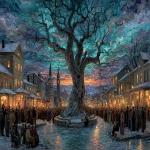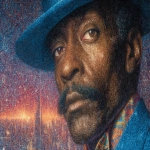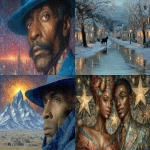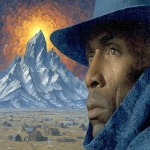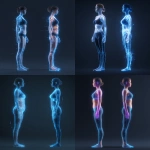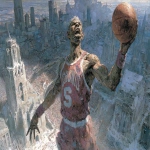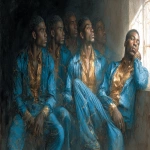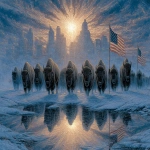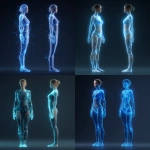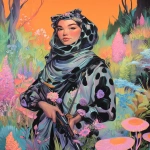Explore the Best AI Image Gallery

The Future of Visual Storytelling: AI-Driven Experiences
Artificial Intelligence (AI) is making remarkable strides in the world of visual experiences, particularly in creative fields such as art, advertising, and media production. As the technology continues to evolve, it seamlessly integrates into the creative process, enabling new forms of storytelling that challenge our traditional concepts of authorship and interpretation. This blog post explores how AI-driven visual experiences are reshaping the creative industry, examining their potential uses, the ethical implications involved, and future trends that may arise from this technological integration.
The Intersection of AI and Creativity
AI-driven visual experiences leverage algorithms to create, manipulate, and enhance images and videos. By utilizing vast datasets, machine learning technologies can analyze patterns and generate unique outputs that reflect an unprecedented level of creativity. For instance, platforms like DALL-E and Midjourney have shown how AI can generate artwork based on simple textual descriptions, offering artists a new tool to explore their creativity and break boundaries.
Moreover, tools that apply neural networks can help graphic designers augment their projects by providing them with innovative ideas, color palettes, or even entirely new designs based on existing work. This democratization of creative tools not only empowers seasoned professionals but also opens doors for aspiring artists to express their ideas in ways that were previously unimaginable.
Potential Uses in Various Industries
The potential applications of AI-driven visual experiences span numerous industries.
- Advertising and Marketing: Brands are increasingly using AI-generated images for campaigns. By producing visuals tailored to specific demographics, companies can create personalized experiences that drive engagement. Businesses can rapidly generate multiple ad variations for A/B testing, optimizing their strategies based on real-time feedback.
- Entertainment and Media: AI's abilities extend to motion graphics and video editing, where it can help create storyboards, draft scripts, and even edit footage. It also opens doors for generating immersive content in gaming, such as procedurally generated landscapes or character designs, ensuring each player has a unique experience.
- Education and Training: In educational contexts, AI can generate visual aids that enhance learning materials, offering interactive simulations or virtual environments that immerse students in the subject matter.
- Fashion and Product Design: The fashion industry is exploring AI to predict trends based on consumer behavior. AI can facilitate product visualization and assist designers in creating collections tailored to market demands.
Ethical Considerations
While the rise of AI-driven visual experiences brings innovation, it also raises serious ethical concerns. Issues related to copyright, authenticity, and labor displacement necessitate careful consideration. For instance, determining authorship of AI-generated art becomes complex. If an AI generates a masterpiece based on existing works, who holds the copyright—the original artist, the tech developers behind the AI, or the user who prompted the generation?
Additionally, AI-generated visuals can perpetuate biases inherent in training datasets. This could lead to misrepresentation or harm if not actively addressed by developers and organizations. As AI continues to redefine creative boundaries, professionals in the industry must work towards ethical guidelines that protect human creativity while leveraging technological advancements.
Future Trends in AI-Driven Visual Experiences
As we look to the future, several trends appear poised to shape the landscape of AI in visual storytelling. These include:
- Increased Collaboration: Artists are likely to continue embracing AI as a collaborative partner rather than a competitor. The synergy between human creativity and machine efficiency can lead to new art forms and interactive experiences.
- AI in Virtual and Augmented Reality: With the growth of AR and VR technologies, AI-driven visual experiences will become more immersive. Imagine AI creating a personalized narrative that reacts to the viewer’s emotional responses, making storytelling even more engaging.
- Enhanced Customization: The demand for personalized content will grow. AI's ability to analyze user preferences and behaviors allows for tailored experiences that can significantly enhance viewer retention and satisfaction.
- Continued Ethical Discussions: As AI-generated content becomes mainstream, discussions around ethics and copyright will intensify. A collective effort from artists, technologists, and lawmakers will be essential to forge a balanced approach that safeguards creative rights.
Conclusion
AI-driven visual experiences hold immense potential to revolutionize storytelling in the creative industry. As technology advances, its integration into art and design will likely yield a new era of creativity. However, it is crucial to navigate the accompanying ethical landscape to ensure inclusivity, authenticity, and respect for human artistry. The future of visual storytelling is bright, and it's just beginning to unfold in myriad exciting and innovative ways.
](https://images.ai-img.art/thumbnails/150/27af9f0bb8b7c7d503263849abaf3ede0e1acd1c8e0bdaba4700f845a674a0fc.webp)
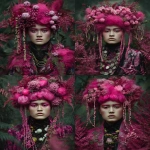
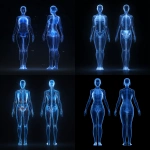

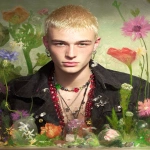
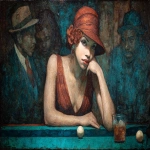



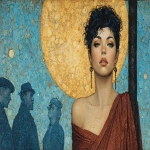
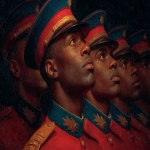
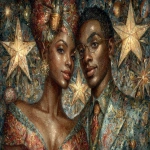
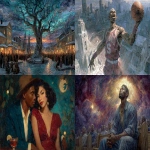

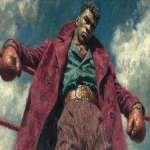
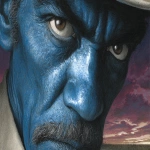
](https://images.ai-img.art/thumbnails/150/17edcb4f51c616e1278d716b510145bbc041556f71d621d2895f134892303315.webp)
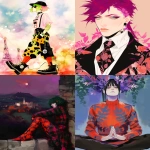

](https://images.ai-img.art/thumbnails/150/26c257403e31dee6746c78e38bceb7def6011d04664049ef156f64a1c5497d44.webp)

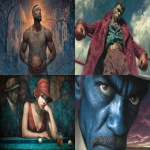


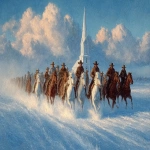


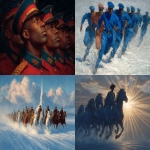
](https://images.ai-img.art/thumbnails/150/3d91370d58b2f68867187ea56dc69c37d746fdadd44b521d87b1bf1df5d10f40.webp)
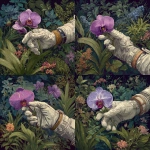
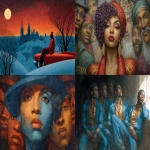
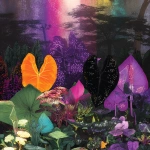
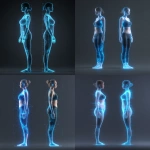
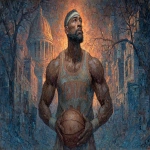
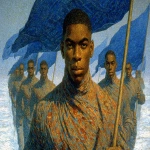
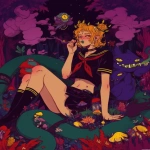
](https://images.ai-img.art/thumbnails/150/e0118b29fe5cfc2e6592413bab22001f9af64b4b69c6ec903940c927cde44197.webp)
